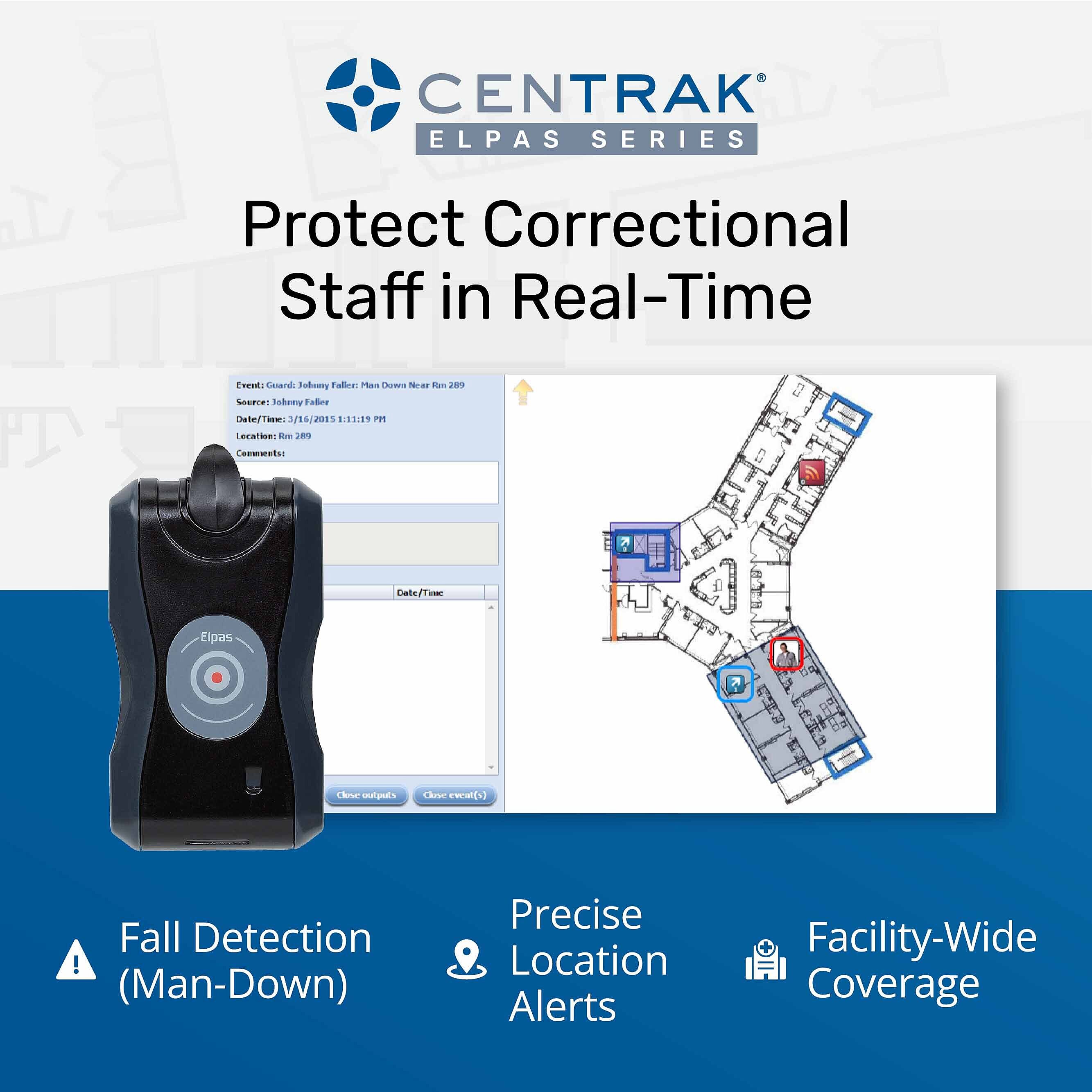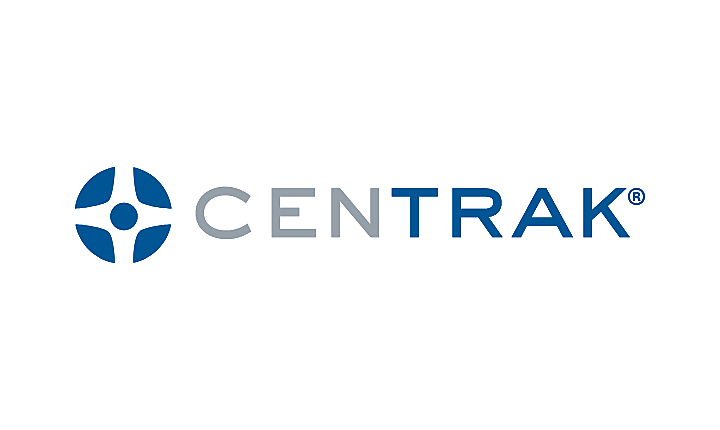Decreasing the Patient Length of Stay

Decreasing Patient Wait Times and Length of Stay Can Lower the Risk of Hospital-Acquired Conditions
Patient length of stay (LOS) is one of the biggest issues facing hospitals today, with longer LOS periods having potentially negative outcomes for patients and hospitals alike. The longer a patient stays in the hospital, the greater the risk they will develop a healthcare-acquired infection (HAI). In addition, hospitals face lower patient capacities and increased costs.
Hospitals and patients benefit from a shorter LOS. However, reducing the length of stay in hospitals is fraught with obstacles. Here's a look at how hospitals can work toward decreasing LOS and saving money by using available technology to become more efficient.
CenTrak is reinventing the standard of healthcare delivery with our RTLS and Environmental Monitoring solutions.
Influences on the Increased Average Hospital Length of Stay
The national average for a hospital stay was 5.5 days, as recorded by a 2018 study, an increase of about a day since 2012. The COVID-19 pandemic left its mark on average length of stay (ALOS) — from 2019 to 2022, as hospitals saw a 19% increase in ALOS across all sectors.
With costs averaging between $3,000 and $10,000 a day at a hospital, even short stays can be costly for patients. When both hospitals and their patients feel the financial strain of a long hospital stay, patients are less likely to come in and receive the care they need and deserve. Therefore, it is of the utmost importance that hospitals continue to evolve and develop new solutions to bring down and manage ALOS.
Why is Length of Stay in Hospitals Important?
ALOS in a hospital gauges the efficiency of a healthcare facility. A lower ALOS is better for patients because it decreases their risk of developing HAIs and reduces their financial burden. Lower ALOS also helps hospitals in other ways, such as:
- Reduced mortality rates: High LOS has been tied to higher mortality rates.
- Increased capacity: Freeing up beds allows hospitals to treat more patients.
- Lower costs: Inflation has not only impacted patients, but has led to higher costs for hospitals, which are searching for new ways to increase their bottom lines. A decreased ALOS leads to increased cost savings for hospitals.
How to Decrease the Length of Stay in Hospitals
Embrace technology to improve your LOS by implementing healthcare patient flow automation solutions throughout your facility. Technology solutions include:
Asset Management to Optimize Equipment and Resources
Automate Periodic Automatic Replenishment (PAR)-level management to ensure optimized equipment distribution and catalog patient and staff locations to reduce patient wait time. Any medical situation can become life-threatening in a moment, and when there's no time to waste, our asset management tools will ensure your staff can find their equipment and get where they need to be faster.
Nurse Call Automation to Improve Response Time
Automating nurse call reduces the administrative burden on nursing staff, while also improving response times. Staff efficiency also improves through the automation of call cancellations, time stamping staff presence with patients (which can also support patient complaints or disputes), and facilitating staff rounding, which has been proven to reduce patient falls.
Our nurse call automation workflow automates this process to allow your staff to focus on patient needs instead of recording logs. Some hospitals have seen up to a 40% increase in their response time with our battery-powered devices, ensuring patients get the care they need, faster. When patients receive immediate, consistent care, they heal faster, and you can discharge them sooner.
Hand Hygiene Compliance to Keep Patients Safe
Following hand hygiene protocols is critical to reduce the spread of HAIs. CenTrak badges possess the intelligence to register when an employee is near a washing station and monitor whether they use the proper washing protocol as dictated by their facility. CenTrak technology serves as a reminder for staff to follow proper protocol. With electronic hand hygiene compliance, your hospital can reduce HAIs by over 40% and save over $1 million each year.
Patient Workflow to Automate Record-keeping
Workflow solutions automatically record and analyze operational data and document patient milestones. Your patients can check in on their own, and receive automated text messages when they are ready to be seen, to keep appointments running smooth. More focused care results in faster advancements in healing and less chance of errors.
Environmental Management to Maintain Proper Conditions
Environmental and temperature monitoring are crucial to ensuring various areas of your hospital maintain appropriate conditions. Maintaining optimal air pressure and flow is paramount in thwarting the transmission of diseases. Ensuring that your patients are comfortable not only aids in their healing process but also enables their bodies to prioritize repair over self-regulation. Likewise, maintaining consistent temperatures in your clinical laboratory and pharmacy fosters trust in the reliability of your samples, test results, and medications.
Our environmental monitoring tools automatically track and report on refrigerator and freezer temperatures, room pressure and flow, and safety parameters. Automated, real-time monitoring ensures patient safety and compliance while reducing product waste.
Reduce LOS in Hospitals With Our Real-Time Location System
CenTrak also offers an RTLS-enabled patient locating system, which streamlines the patient discharge process and reduces wait times for other patients in need of a room, allowing them to access critical care faster. Our Real-Time Location System for hospitals, uses patients' location data to automatically notify environmental services and other healthcare staff of discharge, facilitating prompt room turnover upon availability.
Our hospital length of stay solutions effectively eliminate the gap between when a patient leaves the hospital and when they exit the system. This enhanced workflow improves room turnover time and reduces patient wait times while increasing patient throughput.
Request a Demo Today
CenTrak is reinventing the standard of healthcare delivery with our RTLS and Environmental Monitoring solutions. With real-time locating of staff, patients, and assets, your hospital can decrease ALOS, benefiting patient care, and your bottom line.
Contact CenTrak today or request a free demo of our RTLS solutions.






